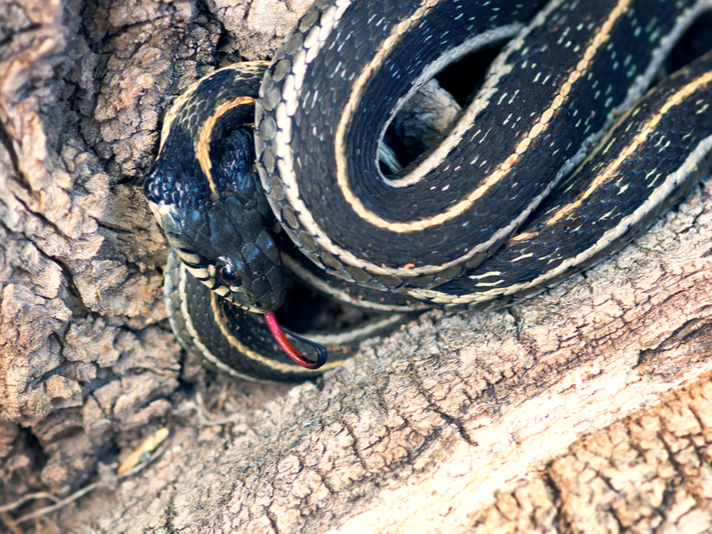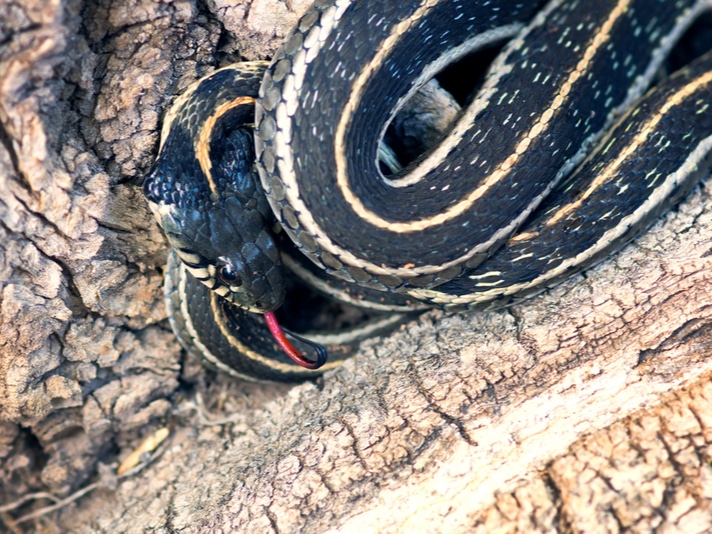The snake was found at Beal Lake in Mohave County, Ariz., a place where no northern Mexican gartersnake has been documented in 100 years.
For the first time in 100 years, a northern Mexican gartersnake (Thamnophis eques megalops), has been spotted in its historical range, the Havasu National Wildlife Refuge in Arizona.

IrinaK/Shutterstock
The snake was found at Beal Lake in Mohave County, Ariz., a place where no northern Mexican gartersnake has been documented in 100 years.
The snake was found at Beal Lake in Mohave County, Ariz., a place where no northern Mexican gartersnake has been documented in 100 years. The lake is a marsh habitat, set aside as part of the Lower Colorado River Multi-Species Conservation Program (LCR-MSCP). The habitat is a partnership between several agencies, water and electricity providers, native American tribes and conservation organizations.
Want To Learn More?
Two Southwestern Garter Snakes Proposed For Endangered Species Protections
“It may well be the habitat improvements accomplished by the LCR-MSCP that have resulted in the return of the snake,” Jeff Humphrey, U.S. Fish and Wildlife Service spokesman told the Mohave Daily News.
Finding the snake may bode well for it, as the US Fish and Wildlife Service, and the Bureau of Reclamation may seek to add it as a species covered under the LCR-MSCP and its Endangered Species Act permit, according to the Mohave Daily News.
If the snake is formally included in the LCR-MSCP, it would help to manage the snake’s habitat. When the LCR-MSCP was drafted, the snake was thought to have been extirpated from the lower Colorado River floodplain as none had been seen, and it was not included as an animal to be assisted by the program.
Northern Mexican Gartersnake Quick Facts
- Diet: Eat tadpoles, minnows, small fish.
- Size: Up to 3 feet.
- Color: Olive, olive-brown or olive-gray. Three stripes run the length of the body with a yellow stripe down the back. A portion of lateral stripe runs along the fourth scale row, distinguishing T. eques from other gartersnakes.
- Threats: Predation of non-native species such as bullfrogs and crayfish, habitat degradation due to overgrazing, water diversion, drought and overuse of lands.
- Status: Endangered in the state of New Mexico; candidate for federal protection under the Endangered Species Act.


